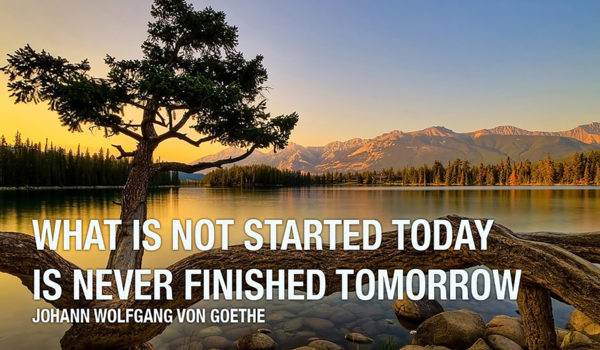Life Design and the Art of Getting Unstuck

We all dread the questions. What do you want to be when you grow up? What’s your passion? Are you living the life you’re supposed to lead? Who is your ideal romantic partner? They sound reasonable enough but they’re the wrong questions to ask because they accidentally imply that there is only one “right” answer. This frequently leads to choice paralysis, the condition in which we become so overwhelmed by the vast array of options that we end up choosing nothing at all. We become so stressed about making the perfect choice that we become crippled with anxiety and indecision. Most of my clients describe this as feeling stuck. Even when we finally do make a choice it doesn’t always end well, as we continue to second guess whether the choice we made is perfect or whether we would be happier had we made a different decision. Kind of a nagging buyer’s remorse/grass is greener experience. Happily, there are ways to get unstuck.
What if we changed the questions and instead asked whether there are multiple ways to be content? All of us can lead enjoyable lives through a multitude of possibilities. This takes some design thinking to pull off. Hidden Brain has explored this topic in an incredible podcast episode. The message was so spot on that as I listened to this while driving I nearly did a few fist pumps. Dave Evans, a former Apple designer, explains that his students come to him saying that they don’t know what to do with their lives and they each want to find the “right” answer. He tells them, ‘There is more than one you in there.’ We think that we can only be happy if we become who we are supposed to be, but instead we realize that we have many versions of self that remain untapped.
The truth is that not all of get to live out our fantasies as vocations due to limits of aptitude, time, or resources. As Evans explains, this is not a problem – it is a circumstance. When we accept that circumstance we become freed up to run life experiments pursuing other pathways. The goal is to fail quickly, learn from the experiment, and try again. We must adopt the following strategy to avoid inertia and get unstuck: think less and do more. While some of us leading the lives we envisioned when we were kids, the majority of us back into our lives due to a series of accidents and serendipitous outcomes. All of us are just making it up as we go along. It’s not so bad, either. We see that we can find contentment and meaning in all sorts of unexpected manners experiences, rather than in just one.
